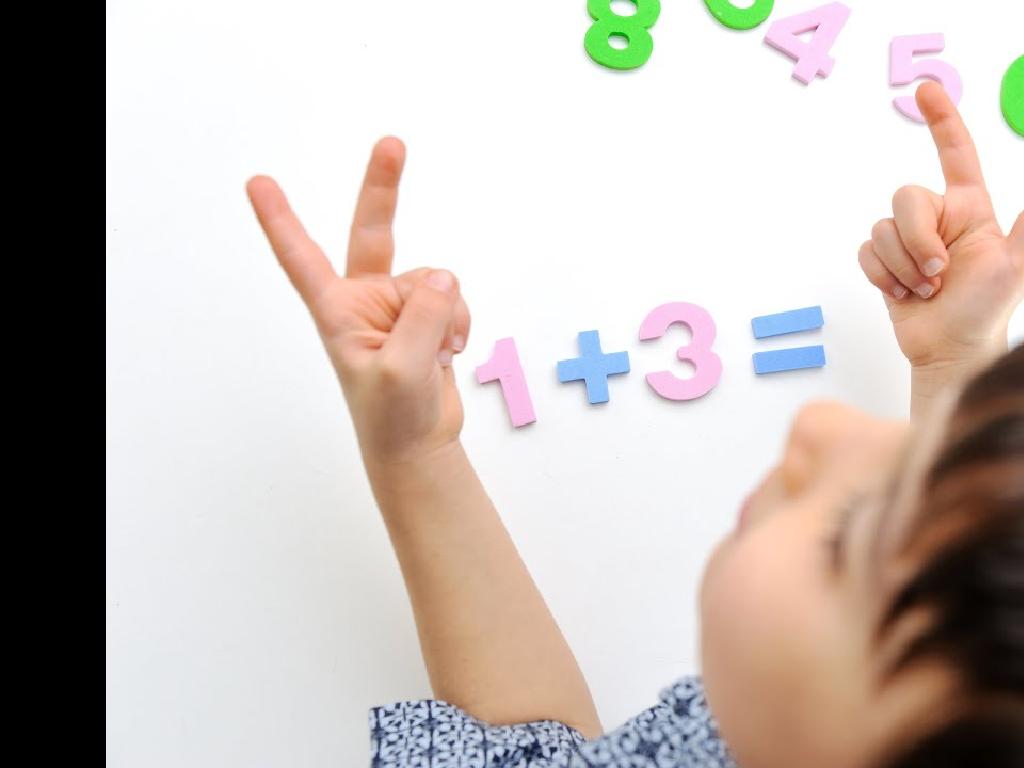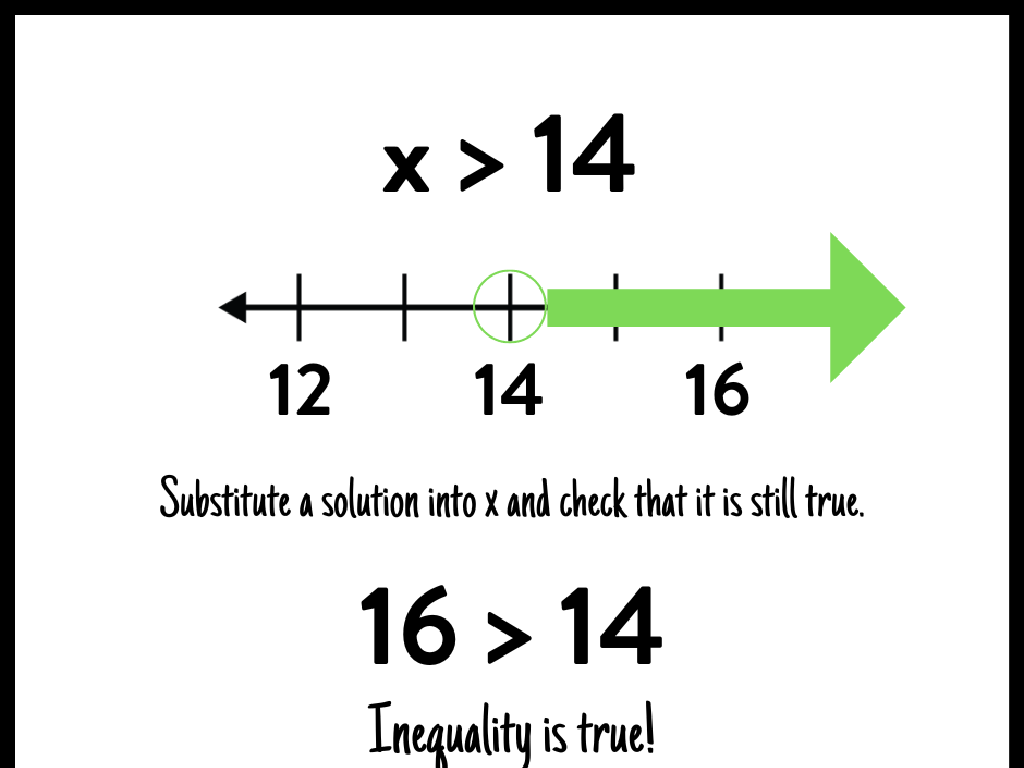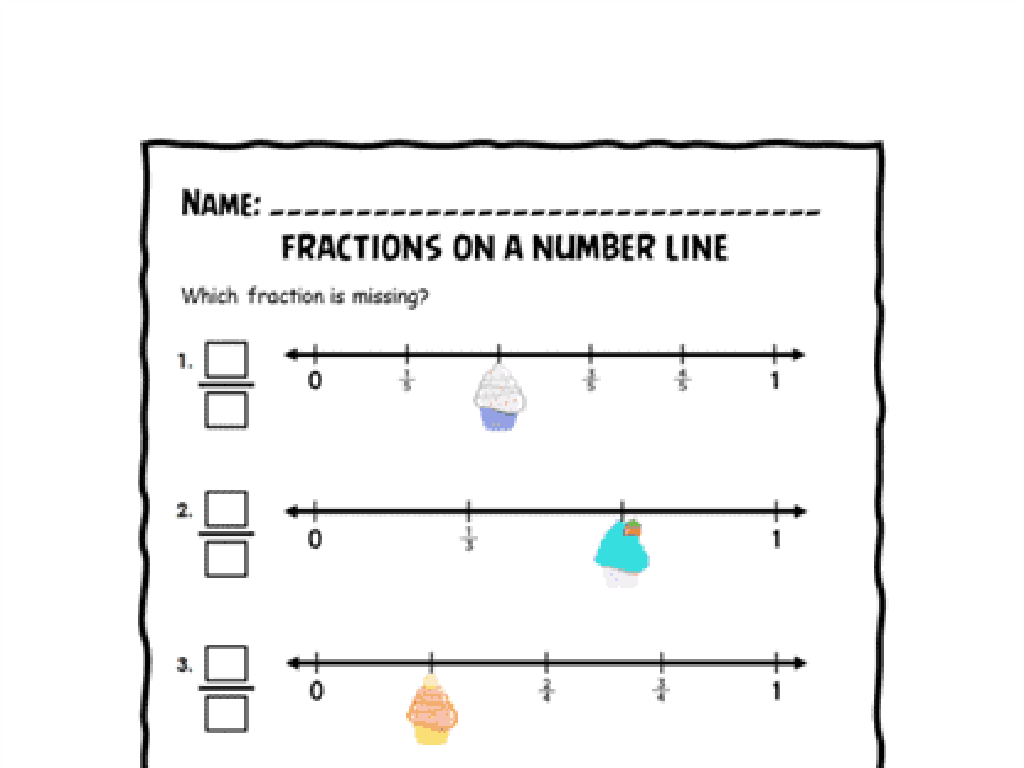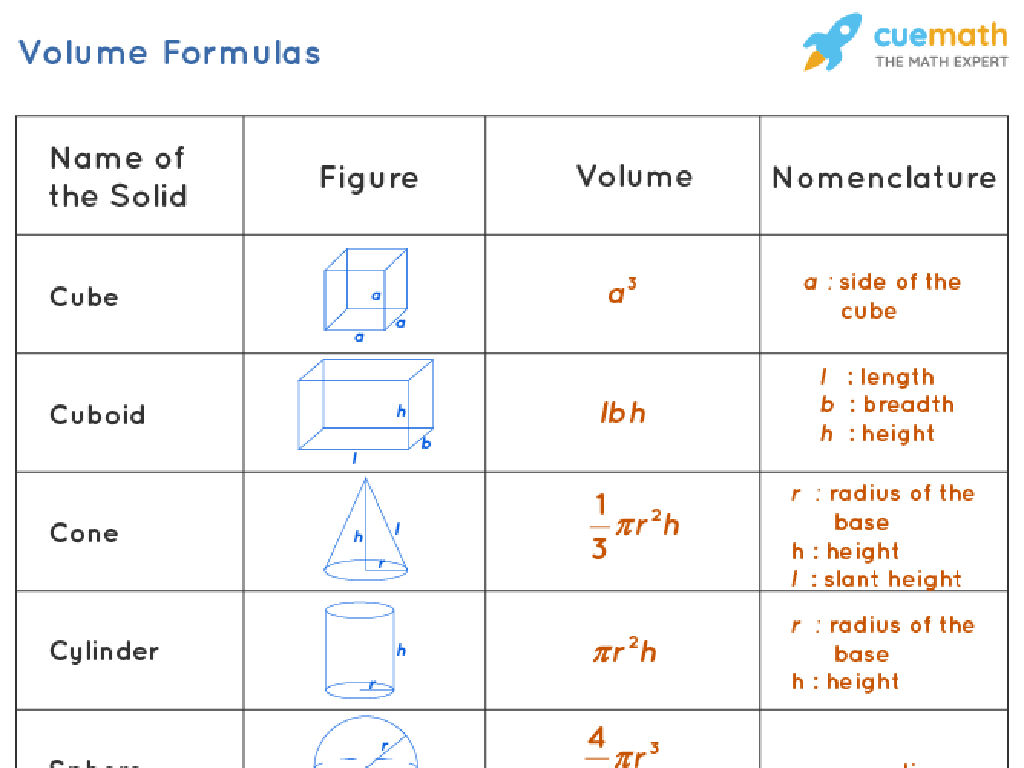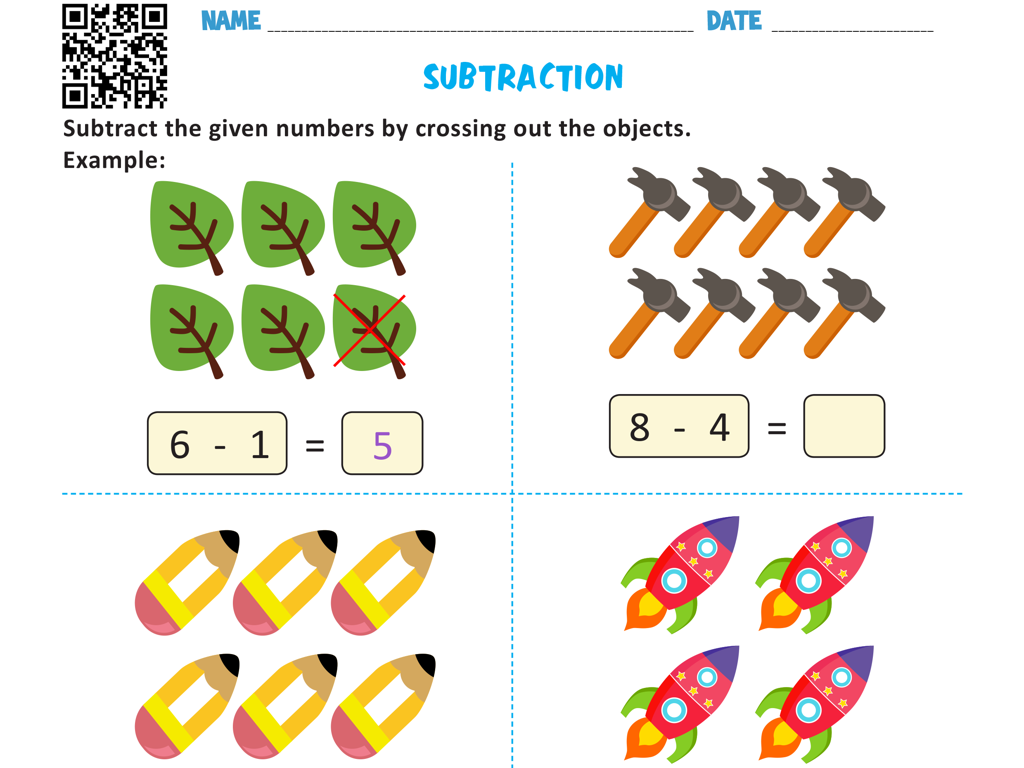Identify Book Parts And Features
Subject: Language arts
Grade: Kindergarten
Topic: Text Features
Please LOG IN to download the presentation. Access is available to registered users only.
View More Content
Welcome to the World of Books!
– Books have different parts
– Like the cover, spine, and pages
– Each part has a special job
– The title tells us what the book is about
– Knowing parts helps us read
– Recognizing parts makes reading easier
– Let’s explore book parts together!
|
This slide introduces kindergarteners to the basic parts of a book, setting the foundation for understanding text features. Emphasize the importance of each part and how they contribute to the reading experience. For example, the cover attracts our attention, the title tells us the book’s topic, and the pages contain the story or information. Encourage the children to hold and look at their books, pointing out each part as you discuss it. This tactile experience reinforces learning. Plan a simple activity where students bring their favorite book and point out its parts, or provide a variety of books for them to explore in class.
Parts of a Book: The Cover
– The cover keeps pages safe
– It tells us the book’s title
– Like ‘The Very Hungry Caterpillar’
– Shows the author’s name
– Author is the writer, like Eric Carle
– Introduces the illustrator
– Illustrator draws the pictures, like Eric Carle
|
This slide introduces the students to the cover of a book, which is the first thing they see. It’s important to explain that the cover has several roles: it protects the pages, reveals the title, and introduces the author and illustrator. Use a familiar book as an example, such as ‘The Very Hungry Caterpillar’ by Eric Carle, to make it relatable. Explain that the author is the person who writes the words in the book, and the illustrator is the one who creates the pictures. Encourage the children to look at the covers of their favorite books and identify the title, author, and illustrator to reinforce the concept.
Parts of a Book: The Spine
– The spine is a book’s edge
– It holds all the pages together
– Spine keeps the book strong
– It helps books not fall apart
|
This slide introduces the concept of the spine of a book to Kindergarten students. The spine is an essential part of a book, often overlooked, but it plays a crucial role in keeping the book intact. It’s the edge where all the pages are bound together, and it allows the book to stay strong and durable. When discussing the spine, show the students a physical book and point to the spine. Let them touch and feel the spine of the book to understand where it is and what it does. Explain that without the spine, the book’s pages would fall out and it would be hard to read. This tangible experience will help them remember the function of the spine in a book.
Exploring the Title Page of a Book
– Title page is the book’s first page
– It repeats the book’s title
– Like saying ‘hello’ to the book
– Shows the publisher’s name
– Publisher makes the book for us
– Helps us know book details
|
This slide introduces the concept of a title page to Kindergarten students. Emphasize that the title page is like the book’s way of saying ‘hello’ and giving its name. It’s important for the children to recognize the title page as the part of the book that introduces them to what they’re about to read and who made the book. Show them a few examples of title pages from different books. You can turn this into an activity by asking the children to bring their favorite book and show the class the title page, explaining what they can find on it.
Exploring Book Pages
– Pages hold the story
The words of the story live on the pages.
– Pages have pictures
Illustrations make the story colorful and fun!
– Pictures help tell the story
The images give clues about the story.
– We take care of our book pages
|
This slide introduces the concept of pages to Kindergarten students, emphasizing their role in holding the story and the accompanying pictures. Explain that the text and illustrations work together to tell the story, making it more engaging and easier to understand. Encourage the children to look at the pictures to get hints about what is happening in the story. Also, instill the importance of taking care of their books by gently turning the pages. You can bring a book to class and show them the different parts, pointing out the text and pictures on various pages. Let them explore a book on their own and ask them to describe what they see on the pages.
Exploring the Back Cover of a Book
– The back cover is the book’s backside
– It may give a story sneak peek
– Like a movie trailer, but for books!
– Look for pictures or a summary
– Pictures can hint at the story; a summary might tell us who’s in it or where it happens
– It’s like a treasure map for the story!
|
This slide introduces the concept of a book’s back cover to Kindergarten students. Emphasize that the back cover is an important part of the book as it often provides hints about the story inside. It can include pictures that relate to the story, or a short summary that gives a glimpse into the book’s content. Encourage the students to always check the back cover to get excited about what they’re about to read. You can compare it to a treasure map that leads them into the adventure within the pages. During the next class, consider bringing in various books and showing the students the back covers, asking them to guess what the story might be about.
Let’s Practice Identifying Book Parts!
– Find the cover of your book
– Point to the spine of your book
– Show the title page to your friends
– Flip through the pages
– Turn to the back cover
|
This slide is for a hands-on class activity where students will practice identifying different parts of a book. Encourage the children to hold their favorite book and point to each part as you name them. This interactive approach helps to reinforce their understanding of the book’s structure. For the cover, explain that it’s the front of the book that usually has the title and picture. The spine is the edge of the book where all the pages are held together. The title page is inside the book and has the title and author’s name. The pages are the individual sheets inside the book, and the back cover is the backside of the book. Have the students show each part to their classmates to build confidence. You can also turn this into a game where you call out the part, and they have to quickly show it.
Class Activity: Make Our Book!
– Create a simple book together
– Draw a favorite animal on the cover
Choose an animal you love and draw it big and colorful!
– Write the animal’s name as a group
– Learn the parts of a book
Cover, spine, and pages – these are parts of a book we’ll learn!
|
This activity is designed to help Kindergarten students identify and understand the different parts of a book through a fun and interactive project. Each student will create their own book, which will include drawing and a bit of writing. Teachers should provide materials such as paper, crayons, and markers. Assist the students in folding the pages to create a book structure with a cover, spine, and pages. Guide them in drawing their favorite animal on the cover and help them write the name of the animal. This hands-on activity not only reinforces the concept of book parts but also encourages creativity and group participation. Possible variations of the activity could include creating a themed book, using stickers, or even having a book-making station.

